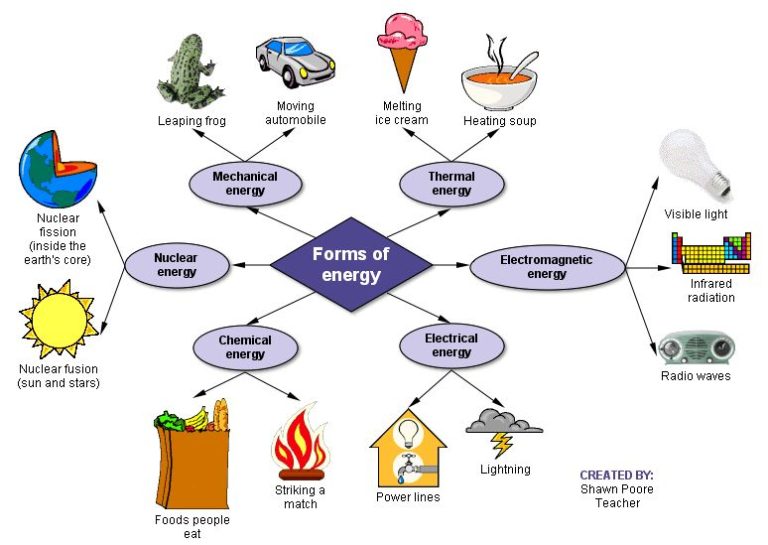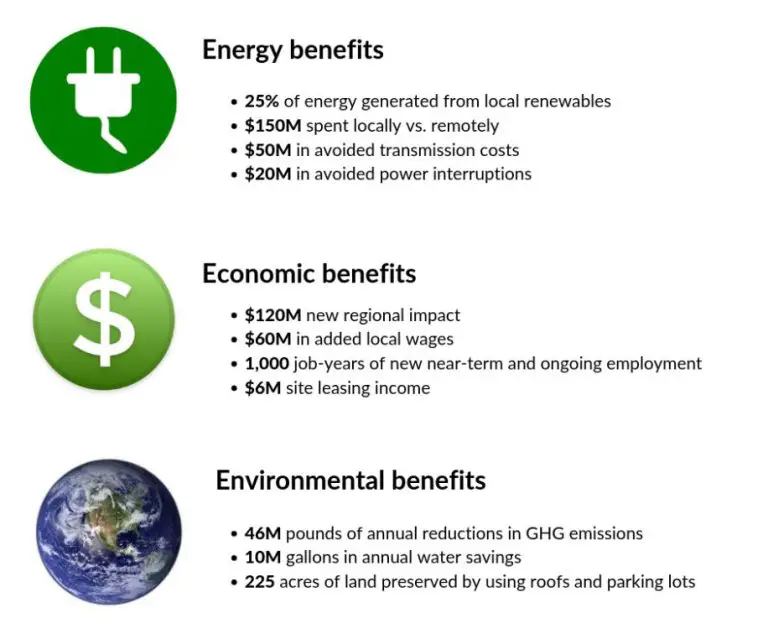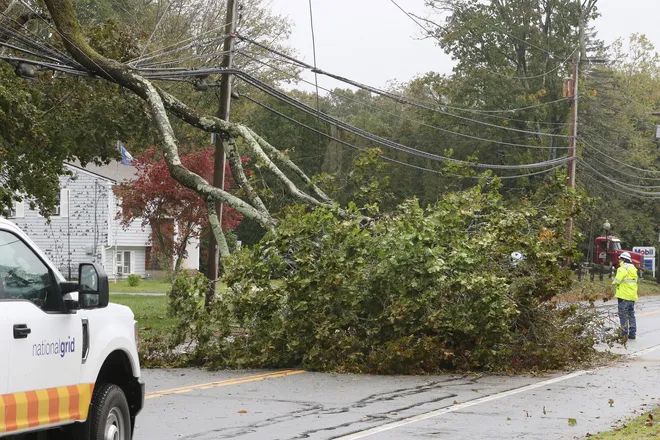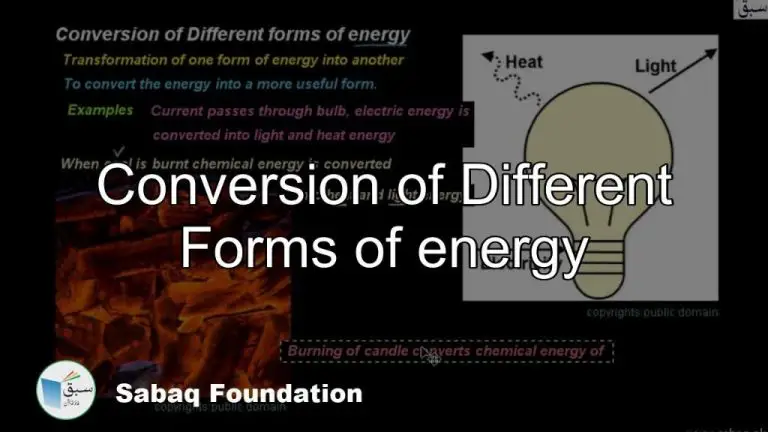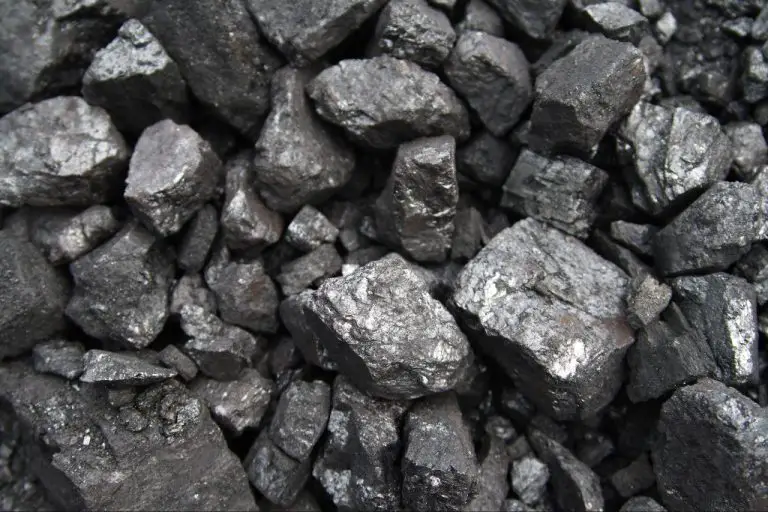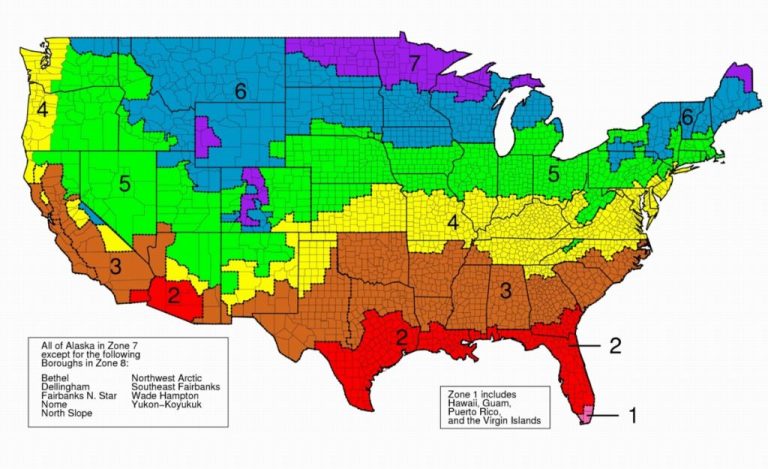What Are Examples Of Energy Conservation And Energy Efficiency?
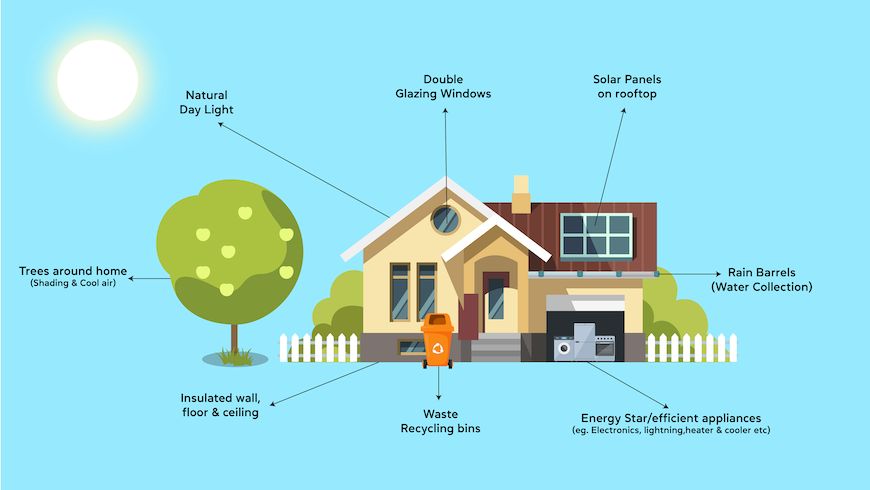
Energy conservation refers to efforts made to reduce energy consumption, often by changing habits or behaviors. This includes simple actions like turning off lights, using less hot water, and lowering your thermostat. The goal of energy conservation is to use less energy, which reduces energy costs and environmental impacts.
Energy efficiency refers to technology, products, and designs that use less energy to perform the same function. Examples include LED light bulbs that provide the same light using less electricity, Energy Star rated appliances that use less energy for washing and cooling, and well-insulated homes that reduce heating and cooling requirements. The goal of energy efficiency is to accomplish the same tasks while using less energy input.
Energy conservation and energy efficiency work hand in hand to reduce energy usage. We can conserve energy through our behaviors and make our energy use more efficient by upgrading to better technologies and designs.
Turn Off Lights and Appliances
One of the simplest ways to conserve energy is to turn off lights when leaving a room. According to the U.S. Department of Energy, incandescent bulbs should be turned off whenever they are not needed because 90% of the energy they use generates heat rather than light[1]. Turning off just one 60-watt incandescent bulb that would otherwise burn for 8 hours a day can save you up to $7 per month[2].
It’s also wise to unplug appliances like TVs, DVD players, and cable boxes when not in use because many draw power even in standby mode. Consider connecting appliances to power strips so you can turn off multiple devices at once. According to Energy.gov, the average home has 40 products constantly drawing power and accounting for as much as 10% of home energy use[3].
Timers and occupancy sensors are another option for automating lights and electronics. Motion detectors can turn lights on and off based on occupancy so you don’t have to remember. Smart switches allow you to control lights remotely via smartphone. Setting adjustable timers can also restrict the hours when certain devices receive power.
With simple diligence to turn things off, and technology like timers and sensors, significant energy savings can be achieved. Not only does this conserve electricity, but it also reduces your utility bills.
[1] https://www.energy.gov/energysaver/when-turn-your-lights
[2] https://www.cnet.com/home/kitchen-and-household/exactly-how-much-can-you-save-by-turning-off-the-lights-at-home/
[3] https://www.energy.gov/energysaver/save-electricity-and-fuel/appliances-and-electronics/no-cost-low-cost-tips
Replace Old Appliances and Electronics
Replacing old appliances and electronics with new ENERGY STAR certified models is one of the most effective ways to improve your home’s energy efficiency. According to the EPA, ENERGY STAR certified appliances are on average 10-50% more energy efficient than standard models. For example, an ENERGY STAR refrigerator uses about 75% less energy than models made before 1990 (source).
Some benefits of replacing appliances with ENERGY STAR models include lower energy bills, cutting greenhouse gas emissions, improved performance, and potential utility rebates. Key appliances to consider upgrading include refrigerators, dishwashers, washing machines, and clothes dryers. When shopping for new appliances, look for the ENERGY STAR label to ensure you are getting an energy efficient model.
Seal Air Leaks
One of the most effective ways to improve your home’s energy efficiency is to seal air leaks around windows, doors, pipes, vents, electrical sockets, and other openings (Source). Air leaks allow cold air to enter your home in winter and hot air to escape in summer. This can significantly increase your heating and cooling costs.
Caulking and weatherstripping are inexpensive and easy ways to seal air leaks. Start by looking for gaps and cracks around windows and doors. Apply caulk or weatherstripping to seal these openings. Make sure to check door frames, thresholds, and attic hatches as well. Properly sealing air leaks can reduce your heating and cooling bills by up to 30% (Source). It also improves comfort by preventing drafts and regulating indoor temperatures.
Insulate Your Home
One of the most effective ways to improve your home’s energy efficiency is by adding insulation. Insulation creates resistance to heat flow, which helps keep your home cooler in the summer and warmer in the winter.
According to ENERGY STAR, adding insulation to attics, exterior and basement walls, floors, and other areas of the home can save homeowners an average of 15% on heating and cooling costs. Homes that aren’t properly insulated can lose up to 30% of heating and cooling energy (source: https://www.energystar.gov/saveathome/seal_insulate/why_seal_and_insulate).
Some key areas to add insulation in your home include:
- Attics – Adding insulation to your attic can be one of the most cost effective ways to improve energy efficiency. Most homes should have at least R-30 insulation in the attic.
- Exterior walls – Adding insulation to exterior walls prevents heat loss through the walls. This is especially important for older homes.
- Basements and crawlspaces – Insulating basement walls and crawlspaces prevents heat loss into unconditioned spaces.
- Floors – Insulating floors above unheated spaces like garages or uninsulated crawlspaces can provide significant savings.
Be sure to look for air leaks and properly seal your home before adding insulation. Adding insulation to areas with leaks will reduce its effectiveness. Work with a professional to determine the right levels and types of insulation for your climate and home.
Lower the Thermostat
Lowering your thermostat in the winter and raising it in the summer is one of the easiest ways to reduce energy use in your home. According to the U.S. Department of Energy, you can lower your heating bills by 3-5% for each degree you lower the thermostat in the winter. They recommend setting the thermostat to 68°F while you’re home and even lower when you leave the house or go to sleep (https://www.energy.gov/energysaver/programmable-thermostats).
In the summer, set the thermostat to 78°F or higher to reduce cooling costs. Raising the thermostat by just 1°F can cut your cooling bills by up to 3% (https://www.worldwildlife.org/magazine/articles/save-energy-by-adjusting-your-thermostat). Using a programmable thermostat makes it easy to set different temperatures for different times of day.
Adjusting your thermostat settings is a simple way to take advantage of energy savings without sacrificing comfort. Lowering the temperature just a few degrees in winter and raising it in summer can lead to significant energy and cost savings over time.
Use Natural Ventilation
One way to conserve energy in homes and buildings is to take advantage of natural ventilation by opening windows and doors instead of relying on air conditioning on mild days. Studies have shown that using natural ventilation strategies like cross ventilation and stack ventilation can significantly reduce the energy consumed by mechanical cooling systems. According to research, the energy saved from utilizing natural ventilation versus air conditioning can be reduced by up to 90% (Ahmed, 2021).
To effectively implement natural ventilation, open windows on opposite sides of the building to create cross breezes. This allows fresh outdoor air to flow in, while expelling stale indoor air. Operable windows, ceiling vents, and exhaust fans can facilitate stack ventilation, which takes advantage of the tendency for warm air to rise. Proper window placement and usage is key to maximizing natural ventilation benefits.
Plant Trees for Shade
One of the simplest and most effective ways to conserve energy for cooling is to plant trees and shrubs that provide shade around your home, especially on the south and west sides where the summer sun is strongest. The shade from trees blocks out solar heat gain before it reaches your walls and windows, reducing the demand on your air conditioning system. Studies have shown well-positioned shade trees can reduce a home’s air conditioning costs by up to 30%.
Deciduous trees are ideal for shade because they block the sun in summer when their leaves are out, but allow sun to warm your home in winter when their leaves have dropped. Some of the best shade trees for energy efficiency include maple, oak, honeylocust, dogwood, and linden. Position trees to shade your roof and AC condenser unit as well as the walls. You can also plant shrubs, vines, and trellises to shade specific problem areas like west-facing windows.
In addition to lower AC costs, trees improve air quality and provide habitat for birds and wildlife. So planting shade trees truly offers multiple benefits for energy conservation and the environment.
Maintain Equipment
One of the most effective ways to save energy with minimal upfront investment is regular maintenance of existing building equipment and systems. According to a fact sheet from the Institute for Building Efficiency, studies have shown that properly maintained HVAC systems use 5-15% less energy than poorly maintained systems.
The reason is simple – regular maintenance keeps equipment operating at peak efficiency. Filters, coils, and other components get dirty over time which reduces airflow, heat transfer, and overall performance. Tune-ups, filter changes, coil cleaning, belt replacement, lubrication, calibration, and other tasks will maximize efficiency and output. Equipment that runs better uses less energy to do the same amount of heating, cooling, pumping, etc.
Facility managers should follow recommended maintenance schedules and inspect equipment at least annually. Tracking equipment performance can identify issues early. Small investments in maintenance pay dividends through energy savings and extended equipment life.
Drive Less
Driving personal vehicles is a major contributor to energy use and emissions. Reducing driving helps conserve energy in multiple ways. According to the Wall Street Journal article How To Save Energy by Driving Less, monitoring driving behavior and mileage can significantly cut energy consumption. Driving less alleviates traffic congestion and reduces the overall demand for fuel. Plus, it lowers your personal spending on gas, maintenance and repairs.
When possible, walk, bike, carpool or use public transportation instead of driving alone. If able, work from home one or more days per week to avoid commuting. Consolidate errands into fewer trips to eliminate unnecessary driving. Consider moving closer to work, shopping and recreation to reduce transportation needs. Whatsyourimpact.org recommends giving up a household vehicle if reasonable, which can provide large savings on insurance, registration, maintenance, and other ownership costs. For necessary driving, plan the most efficient route to minimize mileage.

